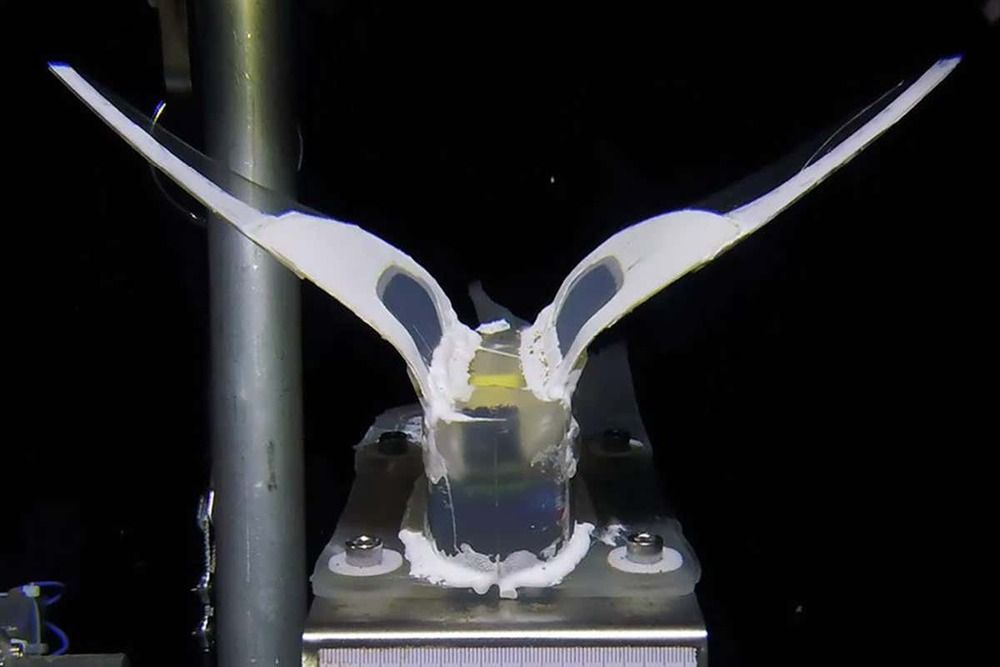SpaceX has launched another batch of its Starlink satellites — the usual complement of 60 of the low Earth orbit spacecraft, which will join the more than 1000 already making up the existing constellation. This is the fifth launch of Starlink satellites for SpaceX this year, and the twentieth overall.
Earlier this year, SpaceX opened up Starlink access to anyone in a current or planned service area via a pre-order reservation system with a refundable up-front deposit. The company aims to continue launches like this one apace throughout 2021 in order to get the constellation to the point where it can serve customers over a much larger portion of the globe. SpaceX COO and President Gwynne Shotwell has previously said that the company expects it should have coverage over much of the globe at a constellation size of around 1200 satellites, but the company has plans to launch more than 30000 to fully build out its network capacity and speed.
While SpaceX is making good progress on Starlink with its Falcon 9 launcher, it’s also looking ahead to Starship as a key driver of the constellation’s growth. Starship, SpaceX’s next-generation launch vehicle currently under development in South Texas, will be able to deliver to orbit 400 Starlink satellites at a time, and it’s also being designed with full reusability and fast turnaround in mind.





 A microchip carrying more than 27000 Civil Air Patrol names with related messages and images is set to be carried to the moon later this year aboard space robotics company Astrobotic’s Peregrine lunar lander.
A microchip carrying more than 27000 Civil Air Patrol names with related messages and images is set to be carried to the moon later this year aboard space robotics company Astrobotic’s Peregrine lunar lander.



